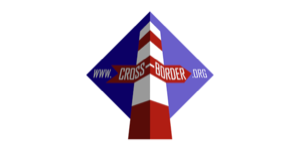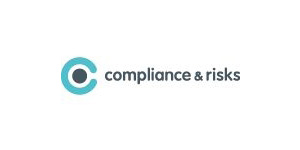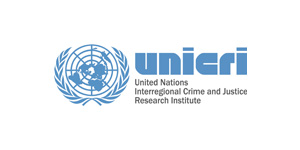
CWIT (Countering WEEE Illegal Trade) is a security research project, funded by EC FP7, which aims to provide a set of recommendations to support the European Commission, law enforcement authorities, and customs organisations countering the illegal trade of waste electrical and electronic equipment in Europe.
Although no institutions so far have been capable of providing an accurate picture of the phenomenon, it is thought that several millions of tonnes of WEEE (Waste Electrical and Electronic Equipment) are generated in Europe every year. WEEE contains a number of high value fractions, such as copper, ferrous materials, plastics gold, silver etc. These resources are found side-by-side with hazardous materials (mercury, brominated flame retardants, PCBs, etc.), thus requiring specialist treatment in order to be extracted without exposing both human workers and the environment to risks.
In many cases the costs associated with high quality recycling are recovered through the sale of the extracted materials. The problem arises when either malicious individuals or actors working for criminal organisations acquire WEEE from various sources, rip up the fractions contained in it and leave the rest to pollute the environment and harm human health. This illegal activity is often physically carried out in non-OECD countries, where WEEE generated in Europe and Western countries is exported, carelessly processed, and then abandoned. The Agbogbloshie slum outside of the city of Accra, Ghana, is a sad example of how destructive this practice can be for the environment.
The illegal export of WEEE is a global crime that in order to be tackled effectively requires an international and co-ordinated response. The CWIT project pursues several aims:
- Analyse the involvement of organised crime in the global distribution of WEEE;
- Analyse criminal activity and crime types associated with illegal WEEE shipments, drawing inspiration from other work focusing on illegal e-waste exports on an international scale;
- Estimate the real volume of WEEE generated in Europe and the share of it inappropriately disposed of;
- Assess the typology of companies (and brokers) involved in the WEEE export market and identify those with a criminal history;
- Develop a detailed understanding of the destinations and routes used to carry illegal shipments, to possibly enable contacts with regulators and enforcers in destination countries.
The outputs of CWIT comprise a set of recommendations for both the end-users community, which improve the response to the illegal trade in WEEE, and the European Commission (and its member states) about future research directions to undertake and new technologies to develop in order to counter this criminal activity. To facilitate the elaboration of those recommendations, the CWIT project established a multi-layer platform for information exchange among the various actors potentially involved in countering WEEE illegal trade: law enforcement authorities, customs organisations, and policy makers.
For additional details visit the CWIT project website: http://cwitproject.eu
Documentation
CWIT Project Partners
![]()
Project funded by the European Commission under the Seventh Framework Programme (FP7, grant agreement no. 312605)










